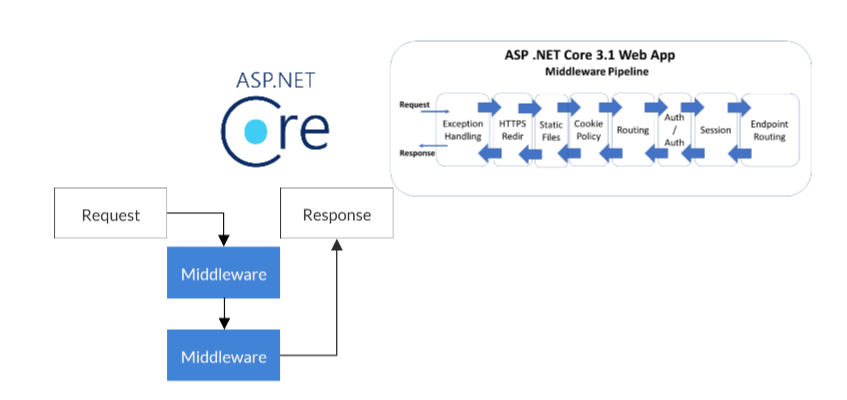
ASP.NET Core framework lifecycle.
A lifecycle encompasses how a web application handles incoming requests, processes them, and generates responses. It is fundamental for developing efficient, scalable, and maintainable web applications

A lifecycle encompasses how a web application handles incoming requests, processes them, and generates responses. It is fundamental for developing efficient, scalable, and maintainable web applications
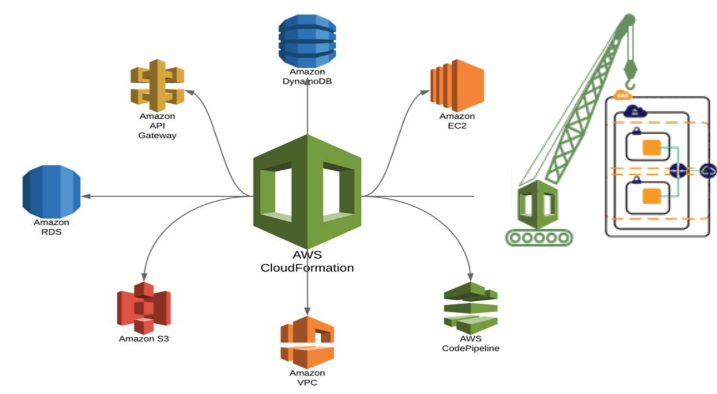
AWS CloudFormation is an IaC tool for creating AWS resources in a declarative way.
As promised last week, I am publishing the first week 1 roundup of my vlog. As I started off my initial focus was on product planning, market analysis, architecture, road map discussions etc. All of this was blown away very soon by the nuts and bolts of running a small organization with zero support. I ran headlong into red tape in registering the company which took a few days to get sorted out. I had to understand terms like Memorandum of Association (MOA), Article of Association (AOA) and many others. Post this was bank work and some more legal documentation. ...
Some of the folks who know me closely know that I recently quit my job at Dell and have started to work on building out my startup. Like any new-born it requires a lot of TLC and takes a lot of my time and energy but it is very exhilarating to start on a fresh new canvas. It has been a huge decision to leave a well-paying , stable and long-term association with Dell and invest Money, time and energy into starting out from scratch. As people have come to grips with my decision , I have been fortunate to receive lots of support and encouragement from my colleagues and friends. As I pick my way across this intriguing path, I am planning to video log every week so that I can share it with folks across and also create a self-reference for me to check back on. ...
OAuth2 is an open authorization standard designed to provide an authentication and authorization protocol for the web.OAuth 2 was created with the intention of providing a way to grant limited access to protected content hosted by third-party services in a standardized and open manner.
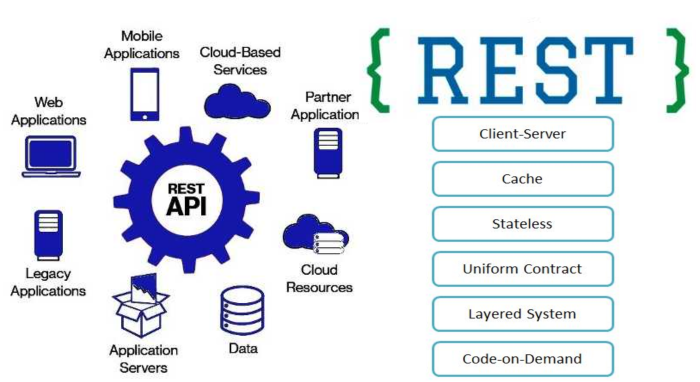
The key parts of a Resource oriented architecture (REST architecture) are resources, identifiers, representations, and the links between them. There is no exact science to identifying resources and there is no right or wrong with resources identified.In this post we will look at best practices to do so.
A fairly simple but common task across all application code that I have written is simple validation of parameters and inputs. Everybody has thier own way of handling this and here is mine. Can I do it better? You Bet. View this gist on GitHub
Richardson’s Maturity Model breaks down the journey towards building a truly RESTful API into levels, each adding more constraints and adhering more closely to REST principles.
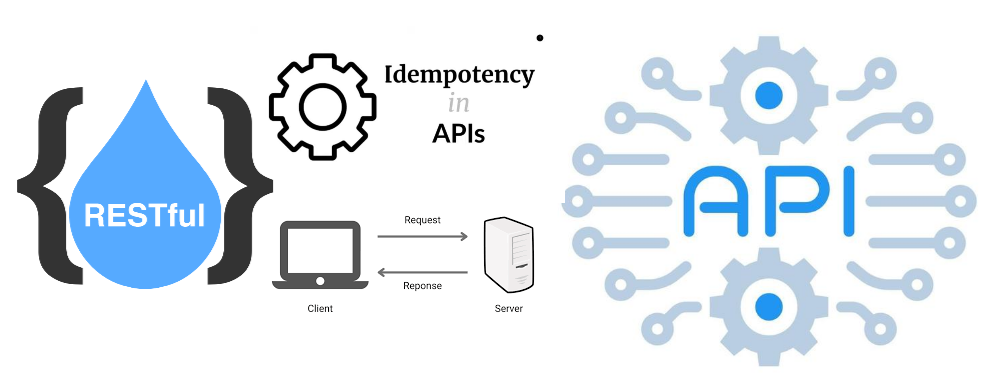
Implementing the REST architectural principles results in the both Idempotency and safety being incorporated into the system. This is not however not completely automatic and needs to be thought through in detail.
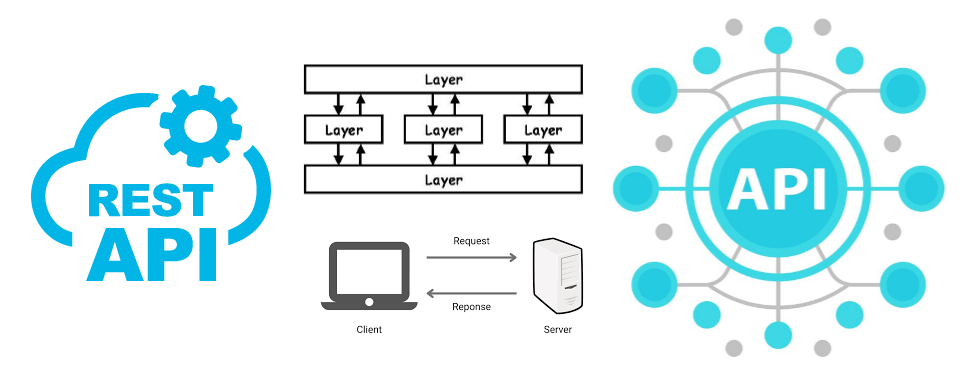
REST defines six architectural constraints which make any web service – a truly RESTful API. These are also called as Fielding’s constraints. They generalize the Web’s architectural principles and represent them as a framework of constraints or an architectural style.